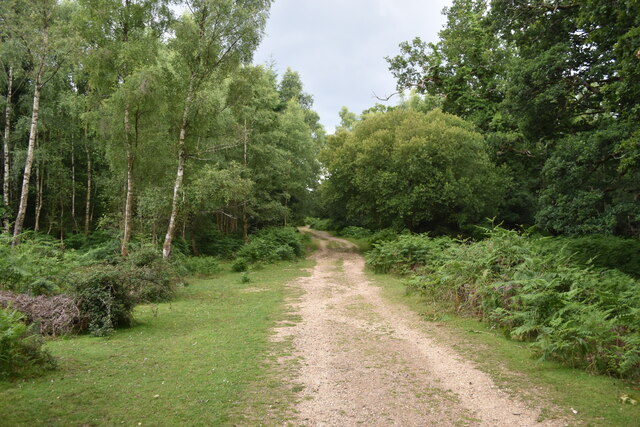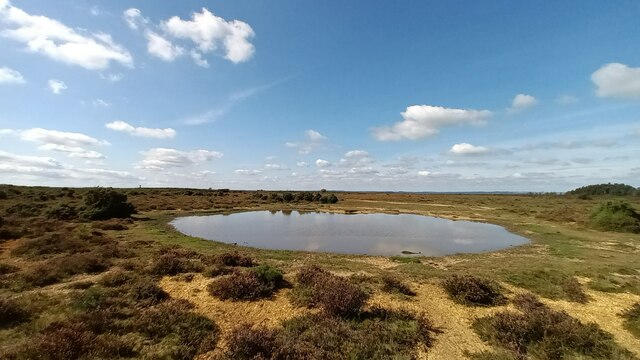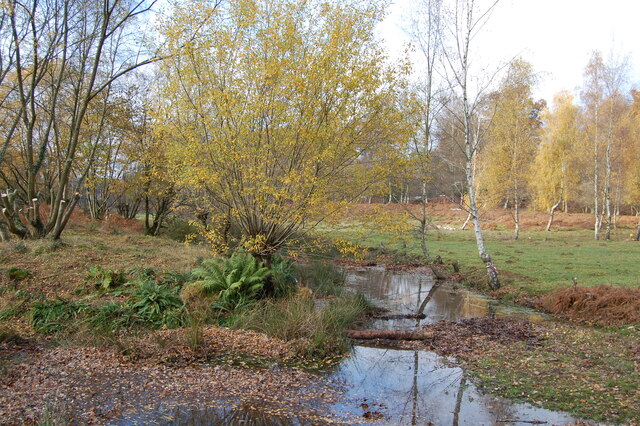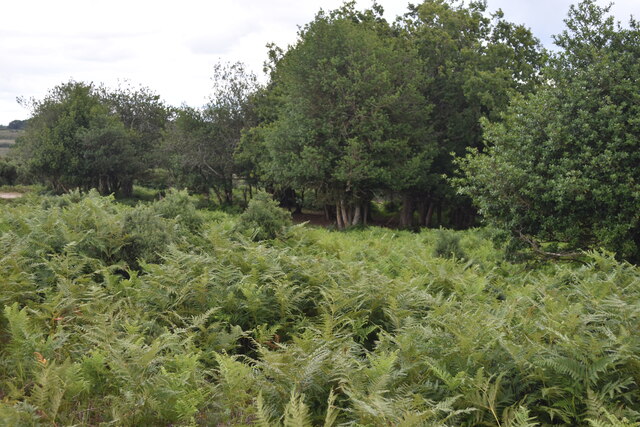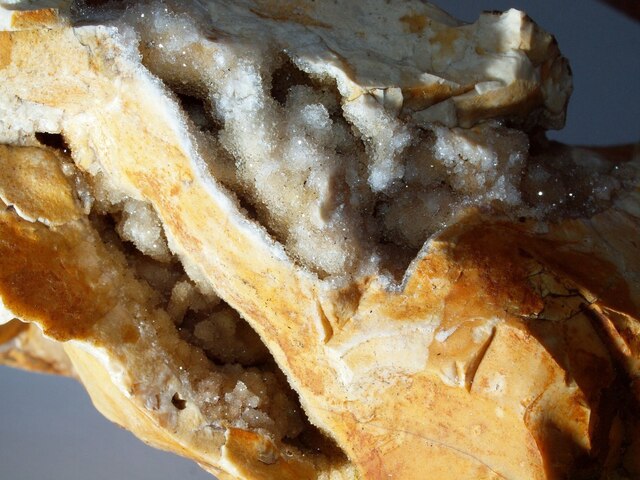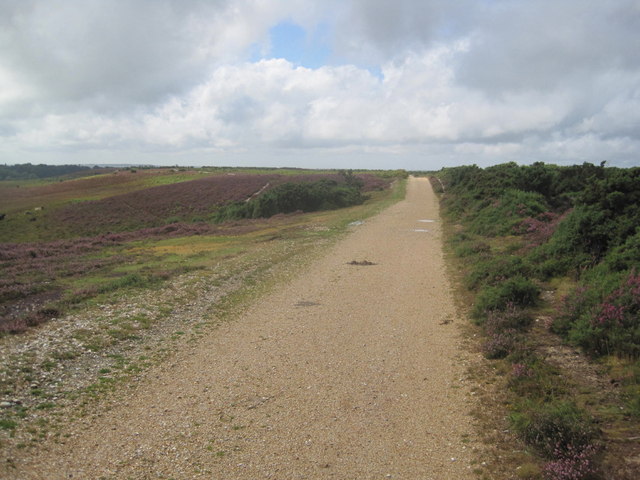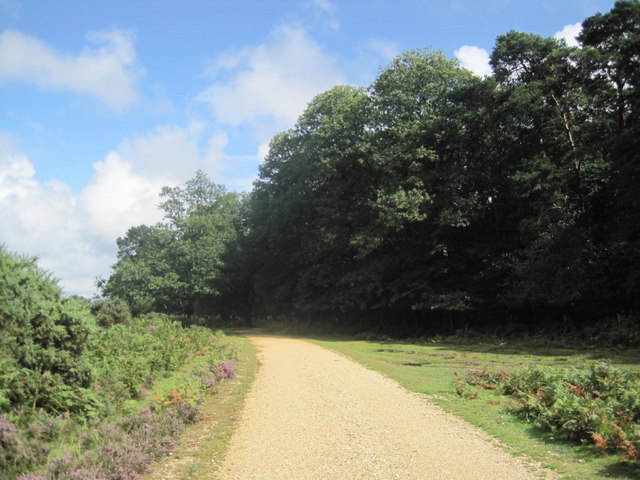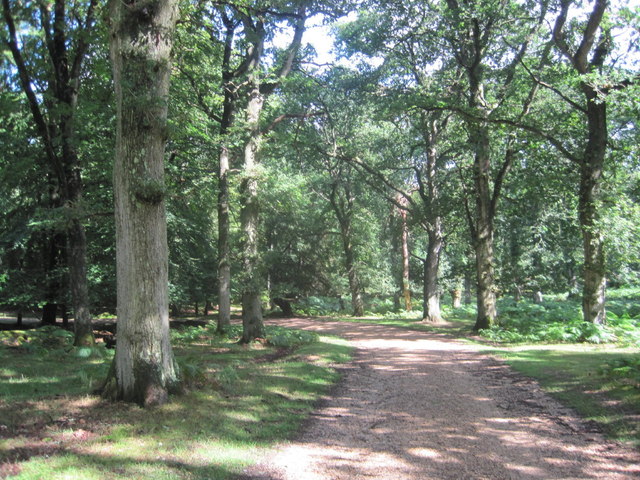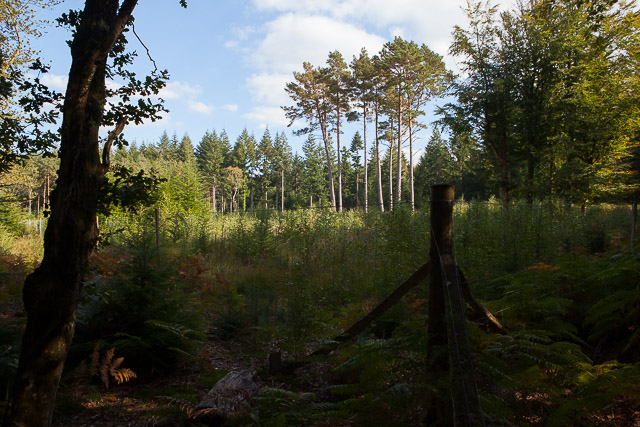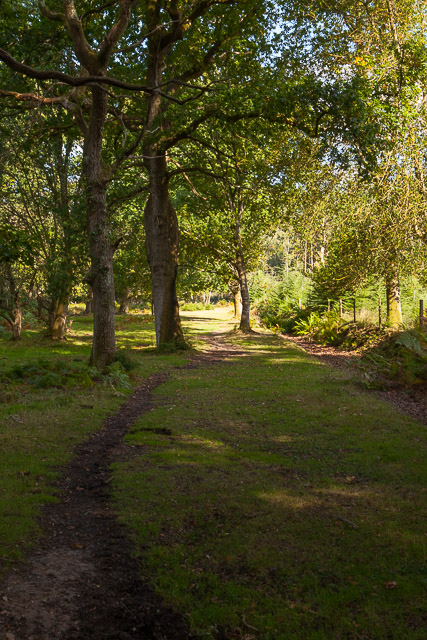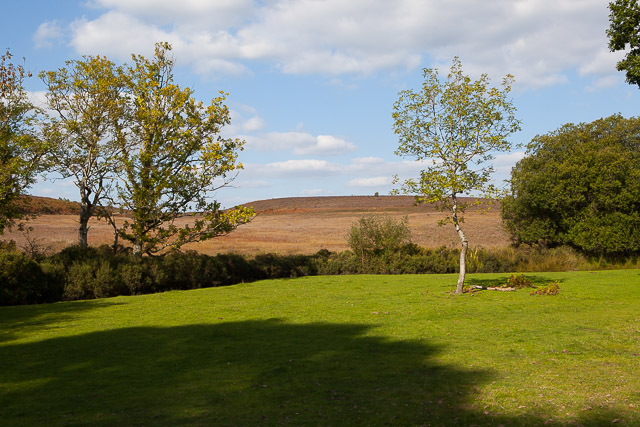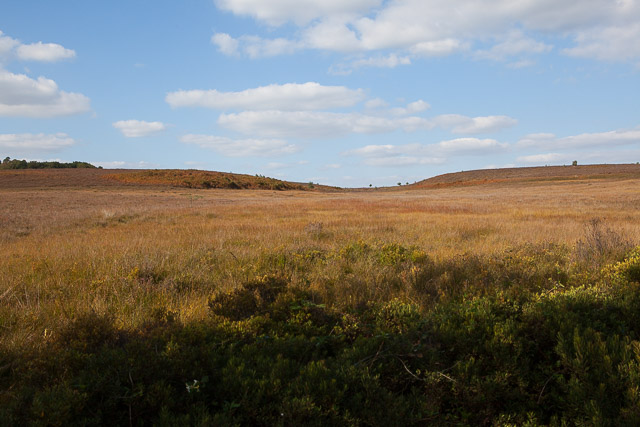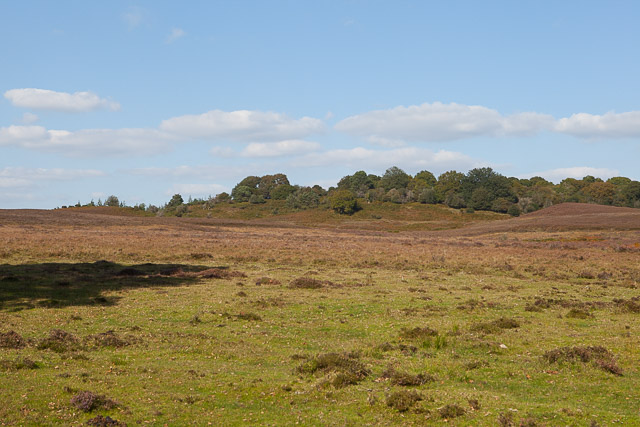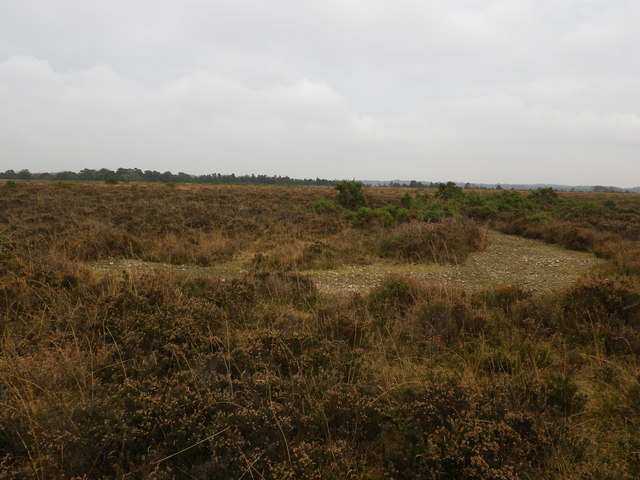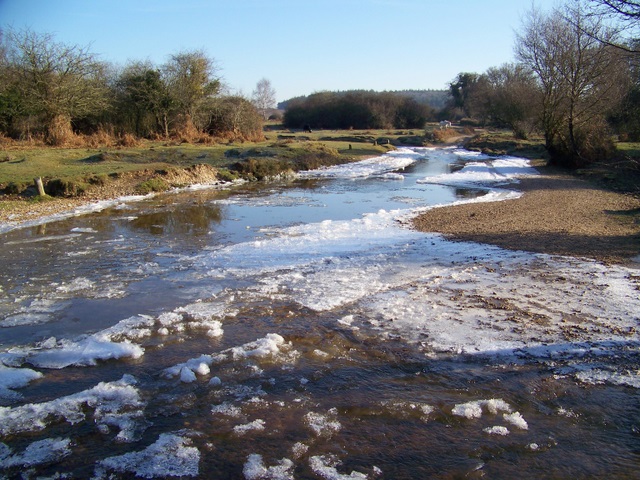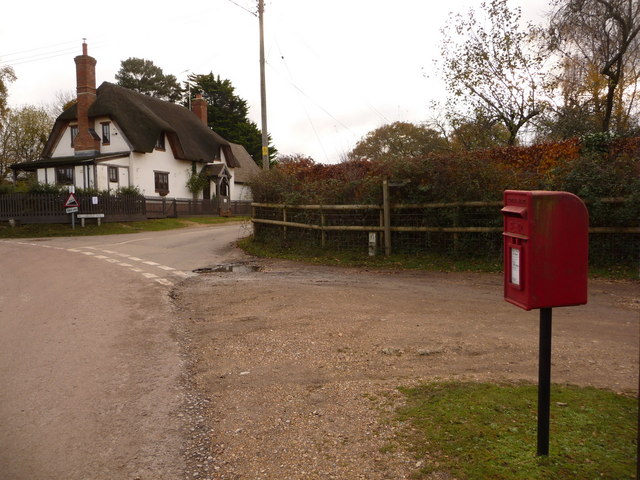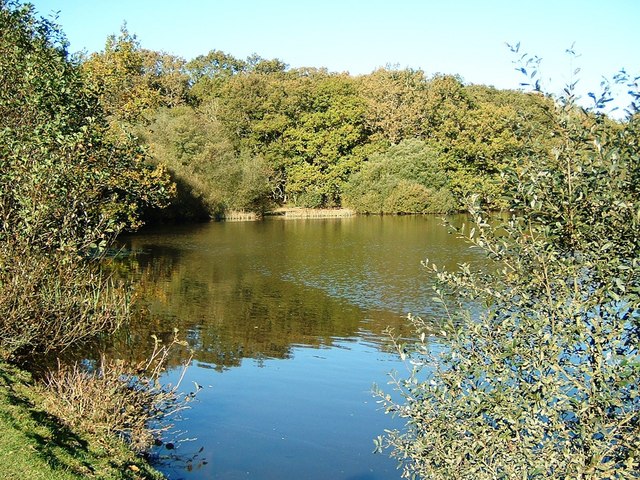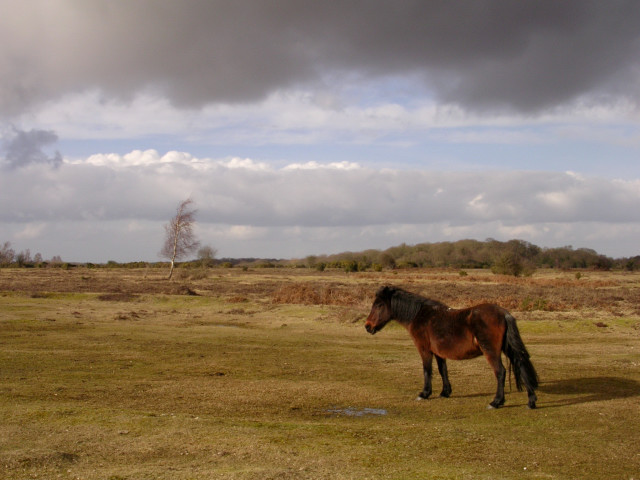Alderhill Inclosure
Wood, Forest in Hampshire New Forest
England
Alderhill Inclosure
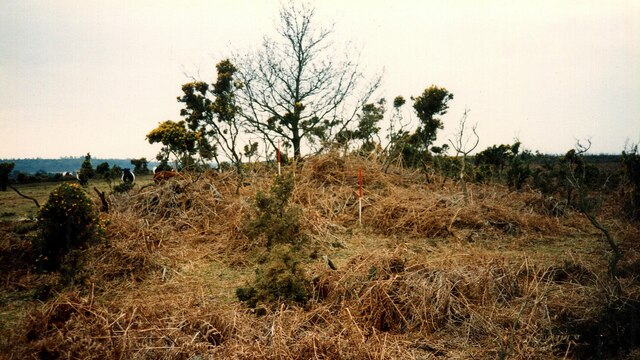
Alderhill Inclosure is a picturesque woodland located in the county of Hampshire, England. Covering an area of approximately 100 acres, it is a part of the larger New Forest National Park. The inclosure is characterized by its dense cover of mature alder trees, which give it its distinctive name.
The woodland is a haven for wildlife, with a diverse range of plant and animal species that thrive in its protected environment. Visitors can expect to see an abundance of birdlife, including woodpeckers, owls, and various songbirds. The forest floor is also home to a variety of mammals, such as badgers, foxes, and deer, which can often be spotted roaming through the trees.
Alderhill Inclosure offers numerous walking trails and paths for visitors to explore, allowing them to immerse themselves in the natural beauty of the surroundings. The peaceful atmosphere and tranquil setting make it an ideal location for nature lovers, hikers, and photographers alike.
Additionally, the inclosure provides opportunities for recreational activities, such as cycling and horseback riding, with designated trails for these pursuits. Picnic areas are scattered throughout the woodland, offering visitors a chance to relax and enjoy the serenity of the surroundings.
As a designated inclosure within the New Forest National Park, Alderhill is subject to conservation efforts to protect its unique ecosystem. The forestry management practices aim to maintain the balance between human enjoyment and the preservation of the natural habitat.
Overall, Alderhill Inclosure is a remarkable woodland that showcases the beauty and diversity of Hampshire's natural landscape. Its idyllic setting, abundant wildlife, and recreational opportunities make it a popular destination for both locals and tourists seeking a peaceful escape into nature.
If you have any feedback on the listing, please let us know in the comments section below.
Alderhill Inclosure Images
Images are sourced within 2km of 50.917887/-1.7148517 or Grid Reference SU2013. Thanks to Geograph Open Source API. All images are credited.
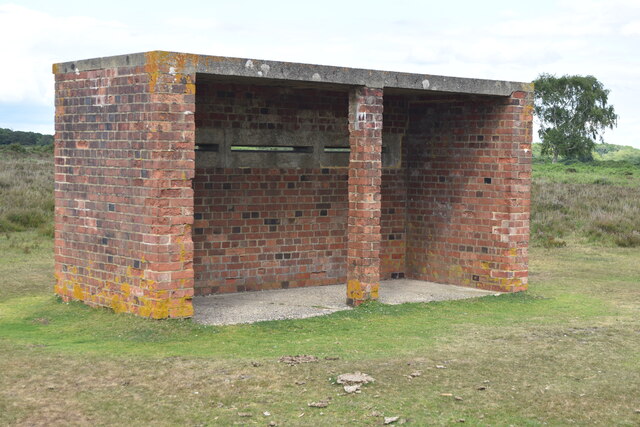
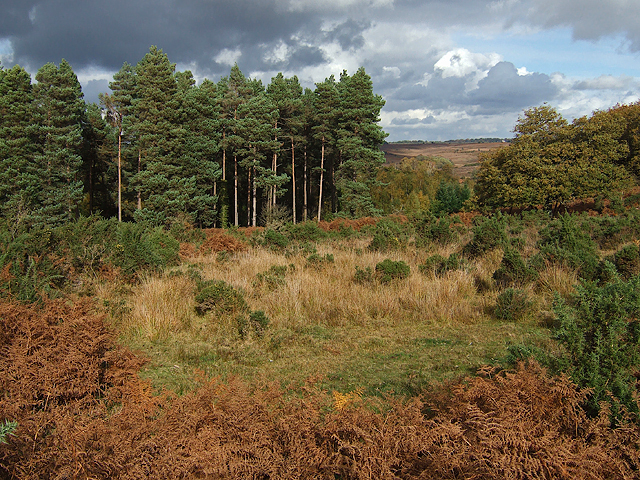
Alderhill Inclosure is located at Grid Ref: SU2013 (Lat: 50.917887, Lng: -1.7148517)
Administrative County: Hampshire
District: New Forest
Police Authority: Hampshire
What 3 Words
///built.forgets.rear. Near Fordingbridge, Hampshire
Nearby Locations
Related Wikis
Ogdens
Ogdens is a small hamlet south of Hyde Common near Frogham in the New Forest area of Hampshire, England. Ogdens is a hamlet in the civil parish of Hyde...
Ashley Range
Ashley Range is a former World War II bombing range in the New Forest, Hampshire, England. The range is approximately 5 mi (8.0 km) north-west of Lyndhurst...
Blissford
Blissford is a hamlet in the civil parish of Hyde situated in the New Forest National Park in Hampshire, England. Its nearest town is Fordingbridge, which...
Frogham, Hampshire
Frogham is a small village in the New Forest National Park of Hampshire, England. It is in the civil parish of Hyde. Its nearest town is Fordingbridge...
Eyeworth Pond
Eyeworth Pond is a pond located near Fritham in the New Forest, in Hampshire, England. The pond was created in 1871 by damming Latchmore Brook, with the...
Gorley Lynch
Gorley Lynch is a hamlet in the civil parish of Gorley in the New Forest National Park of Hampshire, England. It is in the civil parish of Hyde. Its nearest...
Hyde, Hampshire
Hyde is a village and civil parish in the New Forest near Fordingbridge in Hampshire, England. == Overview == The parish of Hyde is mostly within the boundary...
Ocknell Plain
Ocknell Plain can be found in the New Forest near Southampton, England. The area was used in World War II for the Stoney Cross airfield and it is now very...
Nearby Amenities
Located within 500m of 50.917887,-1.7148517Have you been to Alderhill Inclosure?
Leave your review of Alderhill Inclosure below (or comments, questions and feedback).
